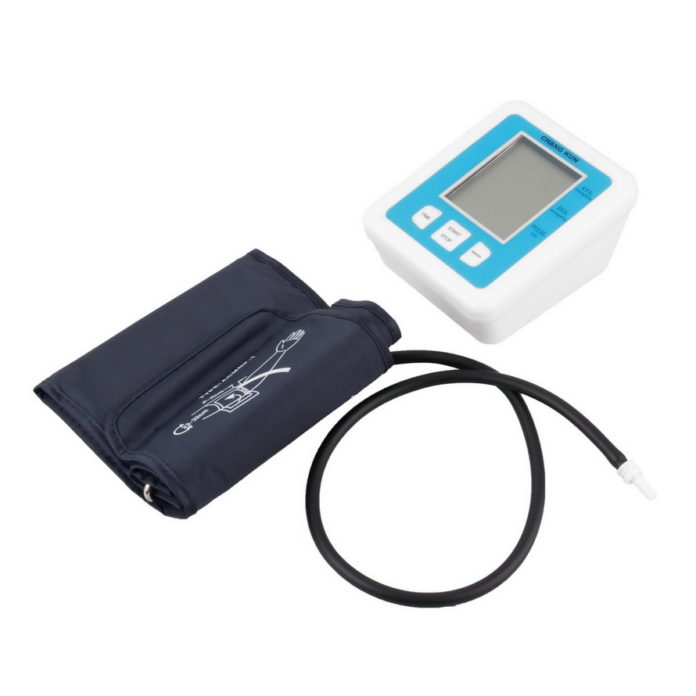As many as 20 per cent of Canadians diagnosed with high blood pressure may not have the condition, all because they’ve been misdiagnosed by doctors using outdated blood pressure monitors.
“About 20 per cent of people receiving treatment for hypertension don’t actually have a problem and do not need medication. This is due mainly to the fact that their blood pressure was improperly measured,” said lead author Janusz Kaczorowski, a medical sociologist, is a CRCHUM researcher and professor in the Department of Family and Emergency Medicine at Université de Montréal.
Today, automatic electronic measuring devices, known as oscillometric devices, are available, researchers said. In 2016, The Canadian Hypertension Education Program (CHEP) Guidelines recommended that electronic measurement is preferable to manual measurement. An increasing number of medical clinics are equipped with automatic electronic devices.
The technology behind tensiometers or sphygmomanometers, the devices used to measure blood pressure, has changed a great deal over the last 20 years.
An increasing number of medical clinics are equipped with automatic electronic devices. Yet in the spring of 2016, Janusz Kaczorowski’s (whose study was recently published in the journal Canadian Family)team conducted a survey among Canadian family doctors: 52% of the 769 respondents indicated that they used a manual tensiometer to measure blood pressure. Only 43% used an automatic device.
Researchers have long noted something called “white-coat syndrome,” which refers to temporarily high blood pressure from the stress of being in a doctor’s office and interacting with the physician.
To take blood pressure the right way, a 12- to 15-minute period is required to allow patients to relax, he said. But the average family doctor visit lasts only 10 minutes. Automated devices can get the best reading because they can account for “white-coat syndrome,” he says.
Blood pressure is defined as the pressure that the blood exerts on artery walls. Measured in the arm artery, it is expressed in two numbers: the value when the heart contracts (systolic blood pressure) and the value when the heart relaxes between two contractions (diastolic blood pressure).
Blood pressure is considered normal when systolic pressure is below 140 millimetre of mercury (mmHg) and diastolic pressure is below 90 mmHg. Above these values, a person is said to have high blood pressure (hypertension).
“Clinicians should use automatic devices,” Kaczorowski said. “They are more expensive but more precise because they take several measurements.”
Kaczorowski worries there may be Canadian patients who are taking medications they don’t need for hypertension, all because their blood pressure was measured incorrectly.
“If people who take high-blood-pressure medication had their blood pressure measured incorrectly, the financial implications are considerable, in addition to the side effects, which could be avoided,” he said in a statement.


























